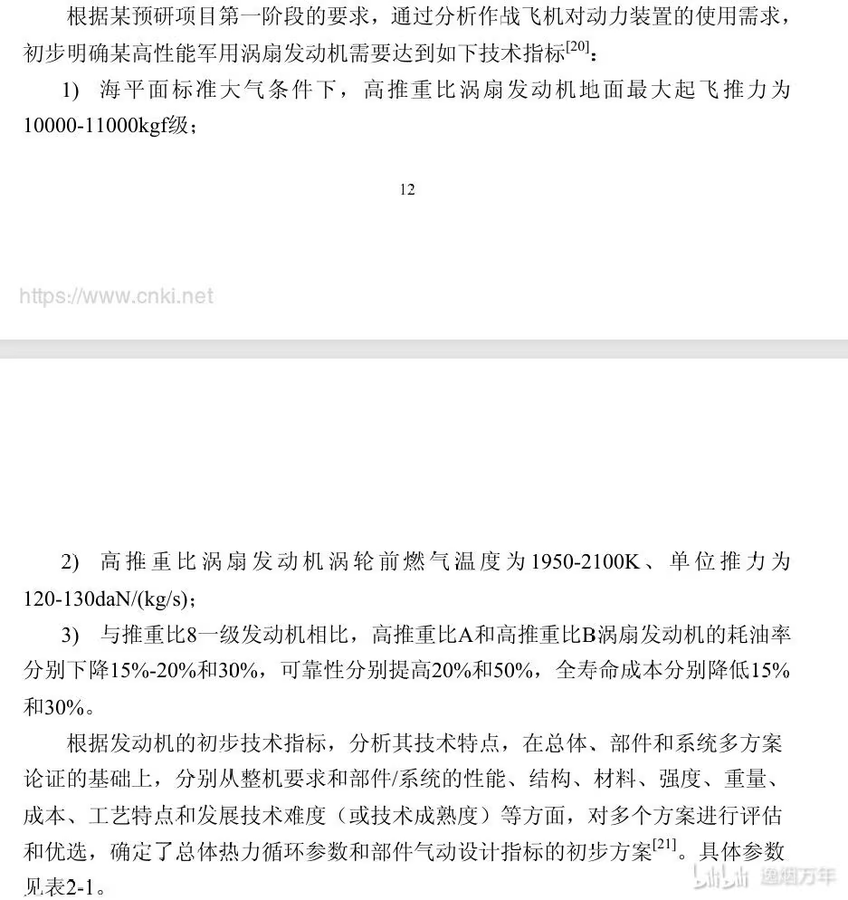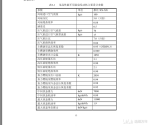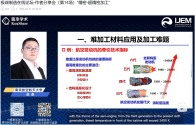If this is WS-19 than it is very underwelming compared to what we were expecting, isn't the expected thrust up to 127kN and superior technology to F-135?
Can you elaborate on what the expectation of "superior technology to F135" means?
For what it's worth, my expectation has always been a F414, EJ200 class engine.



